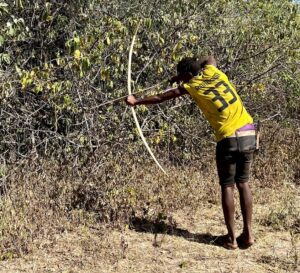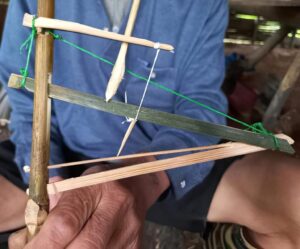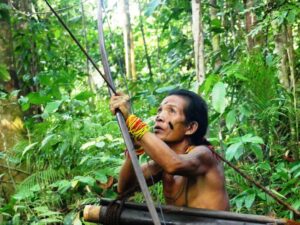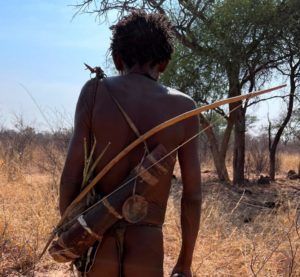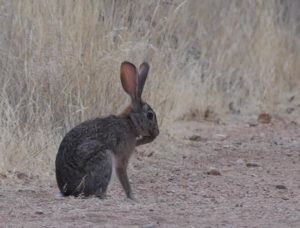Hunting
Bamboo rat for dinner
Bamboo rats are a common rodent in bamboo thickets in mountainous areas of northern Vietnam. Hmong tribal people in remote regions still hunt them regularly for food. Although hunting bamboo rats is officially prohibited, the practice is still widespread. To…
Hadza style of shooting bows
Shooting bows by remotely living Hadza boys and men is a daily, necessary affair. From the age of three, they start shooting bent sticks. As youngsters, they are soon required to contribute meat to the family. Through this early and…
Hadza hunting techniques
Hadza people in remote areas of Tanzania are one of the last remaining hunter-gatherer tribes in Africa. However, only about 25% of Hadza people live this original hunter-gatherer life. That means, from a total population of about 1300 Hadzabe in…
Blowpipe hunting with Orang Asli people in Malaysia
Blowpipe hunting is still prevalent in many Orang Asli communities in Malaysia. Although the government strictly enforces hunting rules and regulations, it is practically impossible to supervise all the remote small hamlets and villages. On the other hand, it is…
Scissor Traps of Thái Đen tribals in Vietnam
Scissor traps are universal traps that can catch all kinds of small rodents. They are easy to produce from bamboo but need one item to be sourced in the villages. These are strips of bicycle tubes, which are not easy…
Bow Traps of Thái Đen tribals in Vietnam
Bow traps are used by Black Thai tribal people in Northern Vietnam to catch small rodents. These ingenious devices are carved from pieces of bamboo and some strings. The closing force of the scissor comes from a bow-like structure above…
Deadfall Traps of Thái Đen tribals in Vietnam
Deadfall traps with a Figure-4 trigger are essential knowledge for survivalists and bushcrafters worldwide. Thái Đen (Black Thai) tribal people at Pù Luông Nature Reserve in Northern Vietnam use these traps and the Figure-4 trigger in a modified version. Modifications…
Flying fox hunting
Flying fox hunting remains a prevalent activity in Indonesia, particularly in Sumatra. Aceh, the northernmost province, is the epicenter of the trade in Flying fox meat. Locals believe that this meat possesses qualities to alleviate asthma, although this claim lacks…
Hunting methods of Mentawai people
The hunting methods of the Mentawai people have developed over about 3000 years. Their ancestors were of a Mongolian race that migrated from Taiwan via the Philippines to modern-day Indonesia. They arrived around 1000 BC at Siberut island in West…
Bushmeat snaring
Bushmeat snaring is a widespread hunting method in Sub-Saharan Africa. Public landscapes in this part of the world are often devoid of larger wild animals due to bushmeat hunting. This is so bad in some places that mammals – even…
Bushmen hunting techniques in Namibia
In earlier times, the Ju//hoansi Khoi-san (Bushmen) of North-East Namibia employed four distinct traditional techniques for hunting animals. These techniques have remained unchanged, as even today (in 2023), the Ju//hoansi continue to eschew the use of firearms, sticking to their…
Determining wind direction in savannas
Determining wind direction is necessary when on a hunt or trail in Southern African wilderness areas. Besides being constantly aware of the direction of the wind, the relationship to the sun has to be checked all the time. Only when…
Dormouse trapping in southern Slovenia
Worldwide, the dormouse family consists of three sub-families and 29 species and in Slovenia the ‘European edible dormouse’ (Glis glis) is native. There live three other dormouse species: garden dormouse (Eliomys quercinus), forest dormouse (Dryomys nitedula), and hazel dormouse (Muscardinus…



